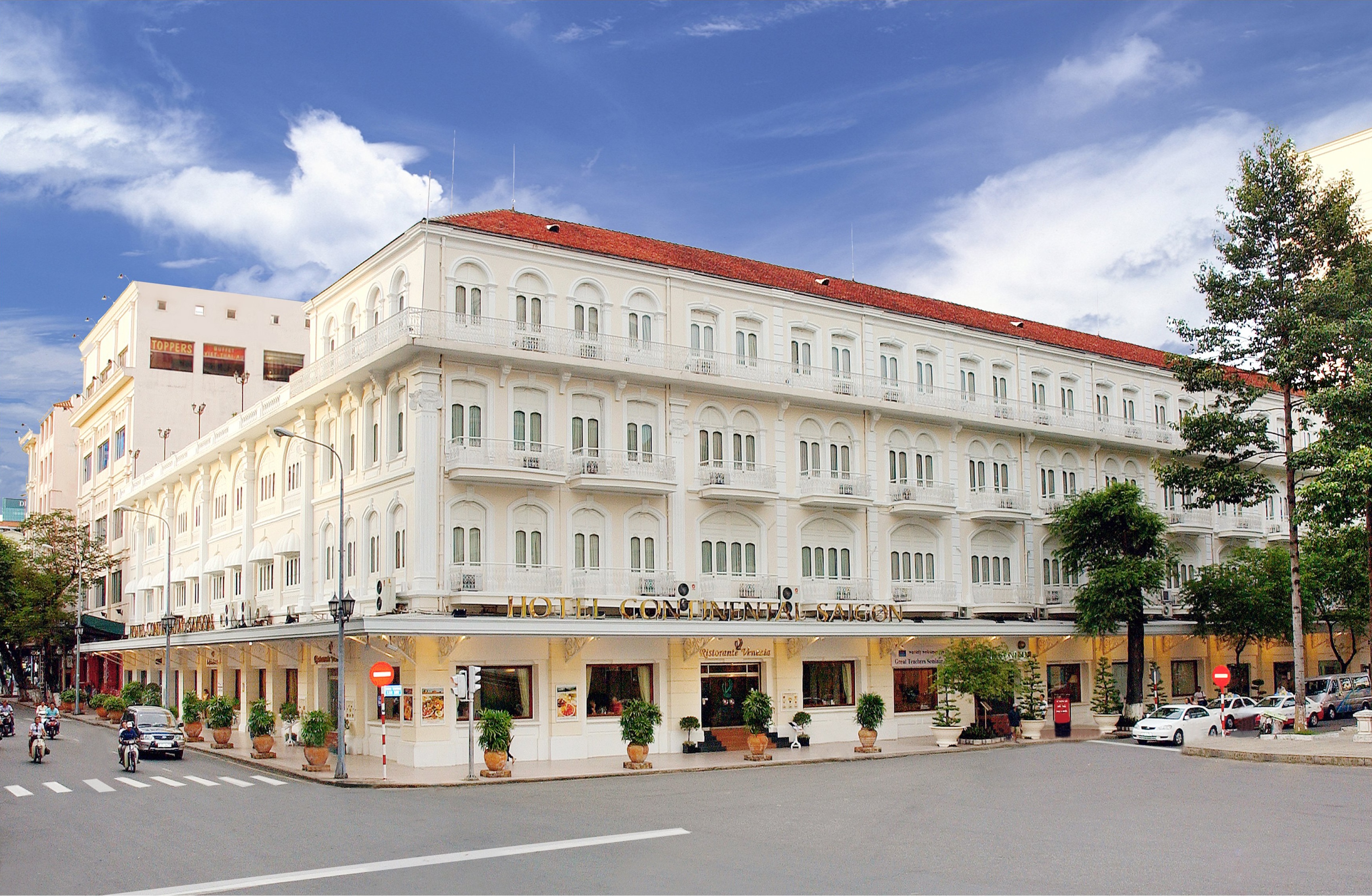1880: Foundation by Pierre Cazeau
The illustrious history of the Hotel Continental Saigon began in 1880 with Pierre Cazeau, a prominent manufacturer of home appliances and construction materials, who initiated the project to build the Hotel Continental Palace.
1892: Transformation under Mr. Grosstephan
In 1892, the hotel underwent a significant transformation under the ownership of Mr. Grosstephan, the former director and owner of Chevet, Paris's oldest and most prestigious restaurant located near the Palais Royal. Grosstephan ensured that all guest rooms were furnished to the highest standards of comfort, each featuring its own bath and shower facilities available around the clock. He also appointed a first-class chef and a skilled French patissier to produce exquisite pastries, ice creams, and sorbets daily. The wine cellar, curated by Grosstephan, became one of the best-stocked in the Orient.
Technological Advances: Electricity and Telephones
By March 26, 1898, electricity was installed throughout the restaurant, guest rooms, and adjoining areas. Telephones were introduced in the reading room, which offered access to major French and foreign newspapers, illustrated press, and the official daily telegraph from France. The hotel even displayed the list of passengers arriving in Saigon's port from each steamer.
1911: Acquisition by Duke Monpensier
In 1911, the hotel was purchased by Duke Monpensier, marking another significant chapter in its storied history.
1920s: The Heyday of Catinat Street
During the 1920s, Catinat Street, home to the Hotel Continental Palace, was akin to the famous Canebière in Marseille, France. The hotel thrived in this bustling environment.
1924-1925: André Malraux and Clara's Residence
The renowned French writer André Malraux and his wife Clara were among the hotel’s permanent residents during 1924-1925, adding a literary flair to its legacy.
1930: Mathieu Franchini's Era
In 1930, Mathieu Franchini acquired the hotel and managed it successfully for the next three decades. His tenure witnessed the end of French colonial rule after the defeat at Dien Bien Phu, which also marked his departure from Vietnam alongside the French troops.
World War II: A Hub for American Press
During World War II, the Hotel Continental became a central hub for American journalists. Major weekly magazines like Time and Newsweek established their bureaus on the first and second floors, respectively.
1964-1975: The Vietnam War Period
Mathieu Franchini’s son, Philippe, managed the hotel until 1964 before leaving Vietnam. The hotel then became a critical gathering point for journalists covering the Vietnam War. As described by Martin Meade, Joseph Fitchett, and Anthony Lawrence in their book "Great Oriented Hotels," reporters measured the war's progress by the fortunes of the hotel. Newsweek’s Saigon bureau chief, William Tuohy, recounted in his book "Dangerous Company" how journalists would convene at the Continental for dinner and drinks after filing their stories.
"Radio Catinat"
During the Vietnam War, the hotel earned the nickname "Radio Catinat" due to its proximity to the National Assembly (now the Municipal Theater), where journalists frequently gathered to collect information and discuss political issues. Notable guests included the British author Graham Greene, who stayed in Room 214 and wrote "The Quiet American," a novel set against the backdrop of the end of French Indochina and the onset of American involvement in Vietnam.
1975: Temporary Closure
Following the fall of Saigon on April 30, 1975, the hotel closed its doors for a few weeks, marking a temporary pause in its operations.
1986: Saigon Tourist Holding Company Management
In 1986, the Hotel Continental came under the management of the Saigon Tourist Holding Company.
1989: The Rebirth
In September 1989, the hotel was rejuvenated while preserving its original French colonial architecture. The Hotel Continental Saigon once again became a premier destination for business travelers and tourists, offering a unique blend of romantic elegance and modern luxury that remains unmatched in Ho Chi Minh City.












